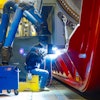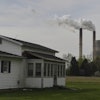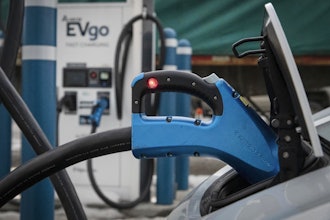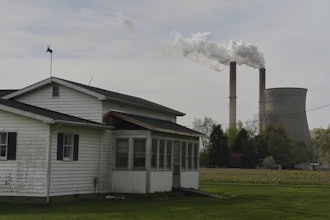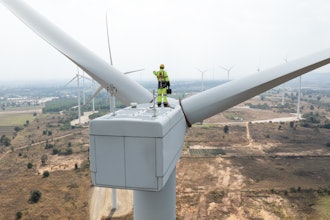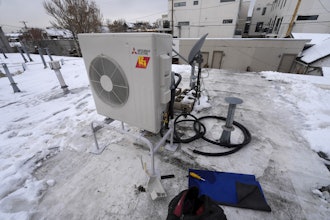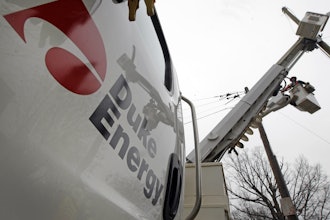
BOISE, Idaho (AP) — The U.S. Department of Energy on Thursday named two nuclear scientists to lead a research center at an eastern Idaho nuclear laboratory as part of an effort to revamp and increase the nation’s use of nuclear power.
The agency said Ashley Finan will be the director and Nicholas Smith will be deputy director of the National Reactor Innovation Center.
“I’m confident we can deliver on the promise of advanced nuclear energy,” Finan said.
The recently created center is based at the Energy Department’s Idaho National Laboratory about 50 miles (81 kilometers) west of Idaho Falls. The center is intended to help private sector companies test and develop new nuclear energy technologies.
Finan and Smith said private companies are eager for access to facilities at the lab that include a reactor that can test new types of nuclear fuel. The lab also has scientists who can guide and help interpret experiments. Tests could begin early next year.
“You have that breadth of experience at a lab complex that has expertise in every field,” Smith said.
Both Finan and Smith, who live in the eastern and southeastern U.S. respectively, plan to relocate to Idaho this year.
Revamping the nation's nuclear power is part of a strategy to reduce U.S. greenhouse gas emissions by generating carbon-free electricity with nuclear power initiated under the Obama administration and continuing under the Trump administration.
Finan most recently worked at the Nuclear Innovation Alliance, a nonprofit backing nuclear power to mitigate climate change. She said the innovation center could be a key player in helping develop a “future green energy grid.”
According to the U.S. Energy Information Administration in a June tally, there were 97 nuclear reactors at 59 commercial power plants in 29 states producing about 20% of the nation's energy. Most of the reactors are decades old, and many are having a tough time competing economically with other forms of energy production.
Finan and Smith said the innovation center will look at ways to make nuclear energy more competitive as well as find new uses for nuclear energy. Using nuclear energy to produce hydrogen that can be stored and used to power everything from industry to personal vehicles is one example.
U.S. residents have been wary of nuclear power since the core from Pennsylvania's Three Mile Island underwent a partial meltdown in 1979 in the nation's worst nuclear mishap. That was followed by a reactor at the Chernobyl nuclear power plant in Ukraine exploding and burning in 1986. In 2011, an earthquake and tsunami led to the Fukushima nuclear disaster in Japan where the cores of three reactors suffered meltdowns after cooling systems failed.
New nuclear power plants, Finan and Smith said, will be safer and could include designs that prevent runaway nuclear reactions and core meltdowns.
The National Reactor Innovation Center’s “role will be to demonstrate and inspire people by showing them how those technologies and a clean energy future is achievable,” Finan said.
On a related front, the Energy Department in August announced that it will prepare an environmental impact statement as part of the process to build a test reactor in Idaho or Tennessee by the end of 2025.
The Versatile Test Reactor would be the first new test reactor built in the U.S. in decades and give the nation a dedicated "fast-neutron-spectrum" testing capability. Such reactors are called fast reactors.
Finan said the innovation center will have access to that test reactor whether it’s built in Idaho or Tennessee.

